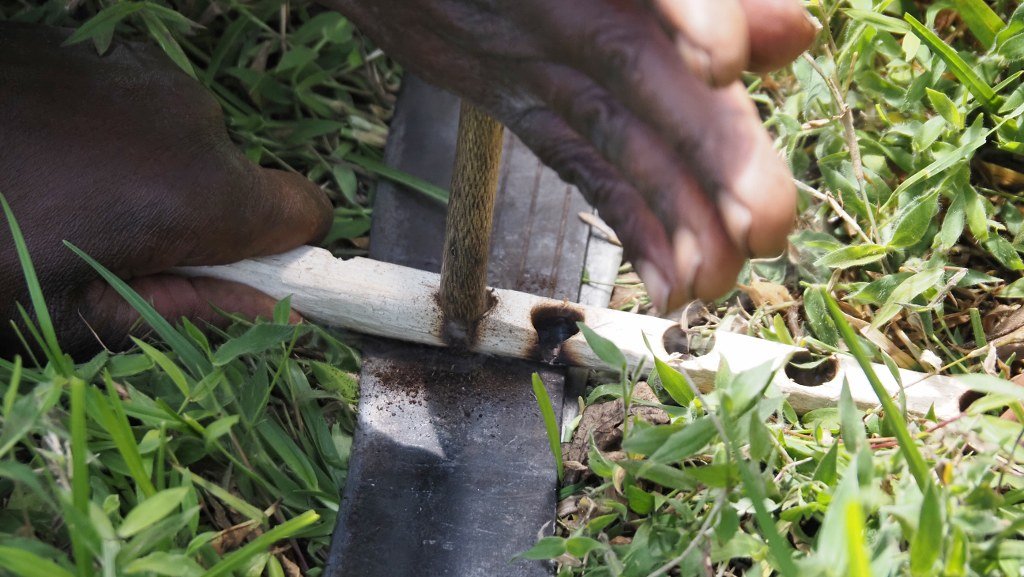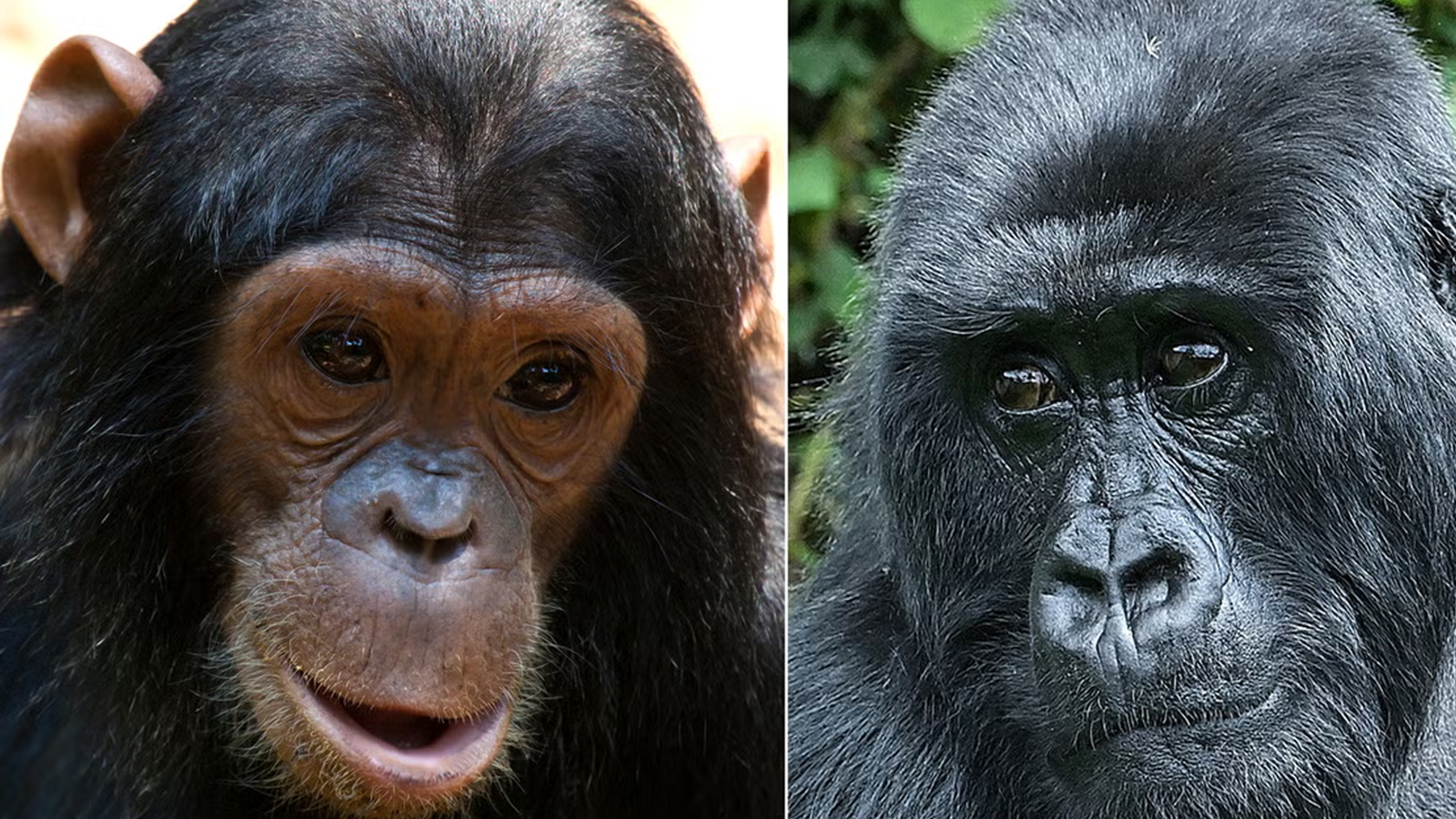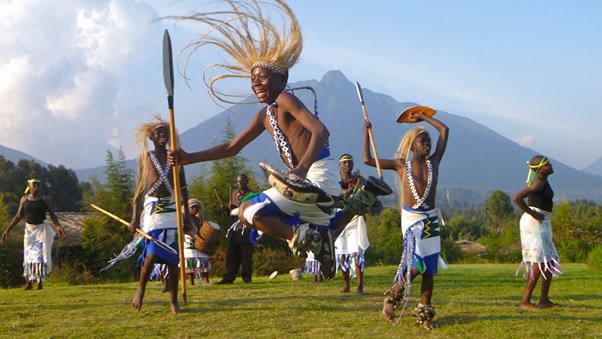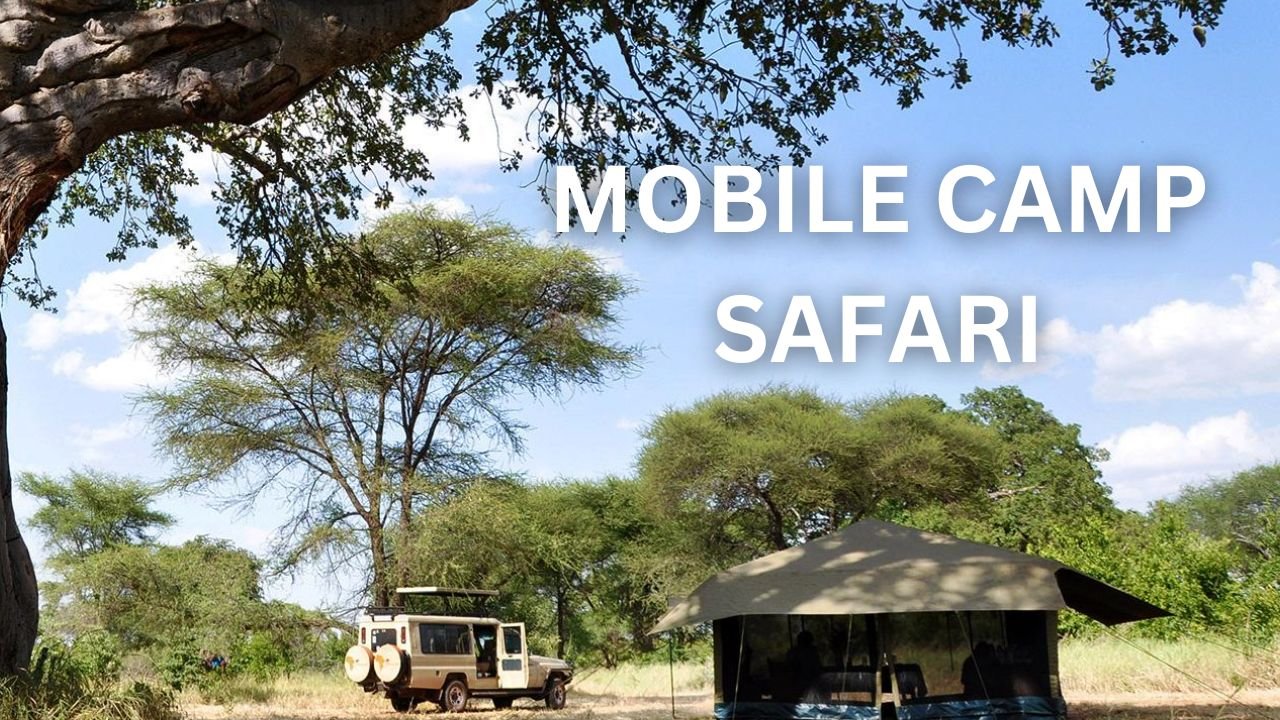Carbon Offsetting Activities in Uganda
Uganda, often referred to as the “Pearl of Africa,” is a country in East Africa known for its stunning landscapes, diverse wildlife, and rich cultural heritage.
While it offers breathtaking attractions like the iconic Rwenzori Mountains and the vast Lake Victoria, Uganda also faces environmental challenges such as deforestation and climate change.

To combat these issues, the country has embraced various carbon offsetting activities that tourists can engage in to help restore and protect the environment. These activities range from tree planting initiatives to wildlife conservation projects and sustainable community development efforts. By participating in these activities, tourists not only contribute to carbon sequestration but also support local communities and conservation efforts.
Uganda provides a unique opportunity for travelers to immerse themselves in the natural beauty of the country while making a positive impact on the environment. Whether it’s planting trees, supporting renewable energy projects, or promoting sustainable tourism practices, tourists can play an active role in preserving Uganda’s ecosystems and contributing to global environmental restoration.
Here are several carbon offsetting activities that you can engage in to help restore the environment:
Uganda offers various carbon offsetting activities that tourists can engage in to contribute to environmental restoration.
Here are some options:
East Africa offers several carbon offsetting activities that tourists can engage in to contribute to environmental restoration. Here are some options:
Tree Planting:
Tourists can participate in these programs to help restore deforested areas and create carbon sinks. Popular destinations for tree planting include national parks, community forests, and degraded landscapes.
Tree planting is an excellent carbon offsetting activity that tourists can engage in to restore the environment in East Africa. By participating in tree planting initiatives, you can contribute to reforestation efforts, increase carbon sequestration, and restore biodiversity. Here’s how you can get involved:
- Join Organized Tree Planting Programs: Many organizations, conservation groups, and local communities in East Africa run tree planting programs. These initiatives often invite volunteers to participate in planting trees in specific areas. Look for reputable organizations working in the region and inquire about their tree planting activities. They may have scheduled events or ongoing programs where you can participate.
- Eco-Lodges and Resorts: When choosing accommodations in East Africa, opt for eco-lodges and resorts that prioritize sustainable practices and have their tree planting programs. These establishments often have dedicated areas where they plant trees to offset their carbon footprint. By staying at such places, you can indirectly support tree planting initiatives.
- Support Reforestation Projects: Research and contribute to reforestation projects in East Africa. Many organizations and initiatives allow individuals to donate or sponsor tree planting activities. They might have online platforms where you can contribute financially to fund the planting of trees. Look for projects with transparent reporting and accountability to ensure your support makes a tangible impact.
- Visit National Parks and Protected Areas: Many national parks and protected areas in East Africa actively engage in reforestation efforts. When visiting these places, inquire about their tree planting programs and ask if there are opportunities for tourists to participate. Some parks organize tree planting events or offer guided tours where you can learn
Wildlife Conservation: Support wildlife conservation projects and organizations that work towards protecting and restoring natural habitats. By volunteering or donating, tourists can contribute to the preservation of endangered species and their ecosystems, which helps mitigate the effects of climate change.
Renewable Energy Projects:
East Africa has vast potential for renewable energy, such as solar and wind power. Tourists can support these initiatives by visiting eco-lodges and resorts that operate on renewable energy or by investing in renewable energy projects that provide clean and sustainable power to local communities.
Sustainable Tourism Practices:
Choose tour operators and accommodations that prioritize sustainable practices, such as minimizing waste, conserving water and energy, and supporting local communities. By promoting sustainable tourism, visitors can contribute to reducing the carbon footprint of the industry and support local livelihoods.
Carbon Offsetting Programs:
Engage in certified carbon offsetting programs that fund projects aimed at reducing greenhouse gas emissions. These projects may include investing in renewable energy, reforestation, energy efficiency, or sustainable agriculture. By offsetting their own carbon footprint through such programs, tourists can help counterbalance the environmental impact of their travel.
Community Development: Support community-based projects that promote sustainable development and improve local



